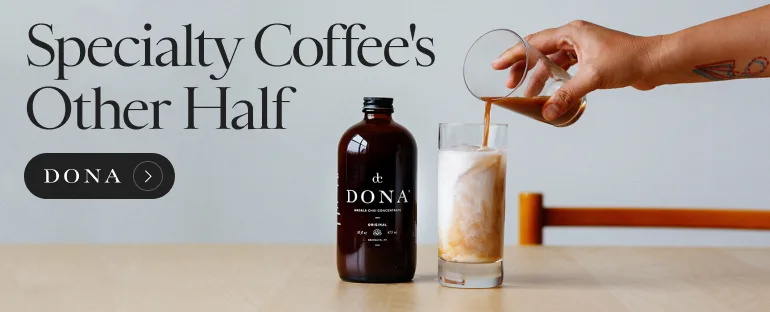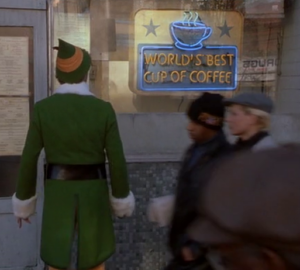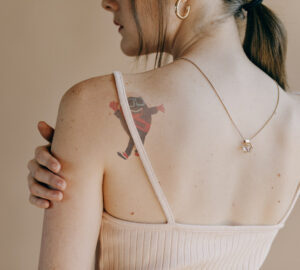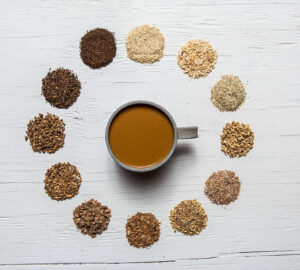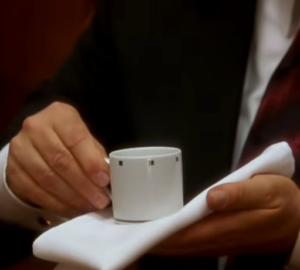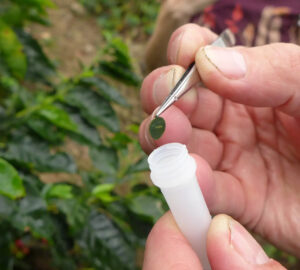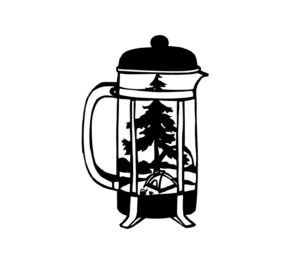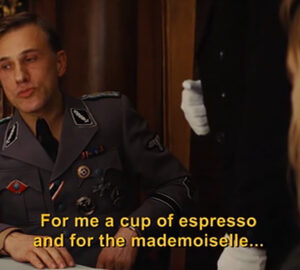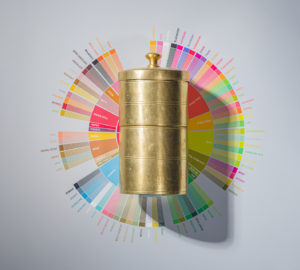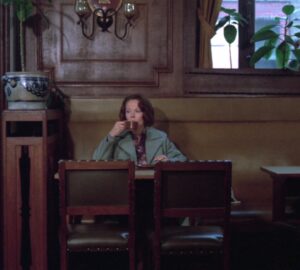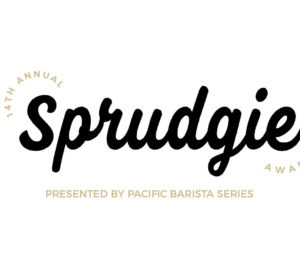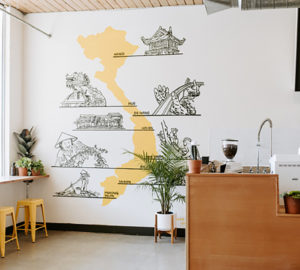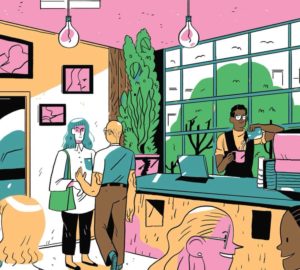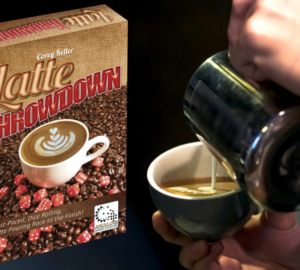It’s Han again. Summer is here and living just got a little longer, tanner and, um, can you make my coffee iced, please? In my previous article we discussed taste buds, so let’s delve more into olfaction and all the interesting stuff this entails. Please note, I will refrain from any cocaine jokes as I, and the team at Sprudge only have room to promote one drug (the legal one you be sippin’ on right now reading this I hope).
As discussed in my previous article, flavor is the combination of gustation and olfaction. A good chunk of what we taste is your olfaction being stimulated. The smell of something can also hugely determine if we will like or dislike a food/beverage item (remember the surprise of your first sip of coffee compared to the smell?).
Olfaction is the sense of smell. Our nose can detect thousands of volatile substances; if something can’t vaporize, then you ain’t gonna smell it.
The olfactory epithelium is located high in the nasal cavity. It contains millions of receptor neurons where cilia (fancy word for hair-like structure) are mingling with the mucus lining.
When the vapors enter the nose, your mucus catches it and they become one (ew, right?).
They then exhilarate the endings of the olfaction receptor cells which then send signals to your limbic system.
The limbic system includes the amygdala and hippocampus, the areas involved with emotion, learning and memory. Odors are hard to pinpoint, but once we do, it can stay in our memory for years. No wonder us coffee professionals are so passionate about our craft!
The study of olfaction gets tricky because it entails volatile substances, similar to the story of coffee’s variables. Two scents can have almost identical structures but completely different perceptions of smell. Heck, even every human being has a unique smell except for identical twins.
It’s one thing to smell different odors; it’s another to identify it. As the saying goes, practice makes perfect. In 1752, Carl Linné was the first known person to attempt to categorize odors. Over a hundred years later, another dude named Hendrik Zwaardermarker came along and came up with his own list based off of Linnés’. It looks a little like this:
1. Aromatic: camphor, cloves, citron, almonds, anise
2. Fragrant: flowers, vanilla, balsam, violet
3. Ambrosiac: amber, musk
4. Alliaceous: onion, acetylene, iodine, chlorine
5. Hircine (caprylic): goaty, cheese, rancid fat, sweaty
6. Foul: narcotics, some bugs, nightshade
7. Nauseous: carrion, feces
8. Etheral: ether, beeswax, fruits
9. Emphyreumatic: roasted coffee, tobacco smoke, benzene
In coffee, Le Nez du Café aroma kits are a tool used to help identify an odor we may perceive with coffee (emphasis on the word “tool” because individuals may perceive odors differently). The categories of the aroma sets go as follows: Aromatic Taints, Enzymatic, Sugar Browning, and Dry Distillation.
In cupping, we practice evaluating the dry smell and the breaking-of-the-crust smell before we start slurping away. SCAA* protocol further divides coffee aroma practices into four categories: dry aroma, cup aroma, nose-derived and aftertaste. These olfaction categories organize the evaluation of the nose portion through the entire process. On the SCAA cupping form, fragrance (dry) and aroma (breaking-of-the-crust) are scored in one category. On the COE** cupping form, aroma is broken into 3 parts: dry, crust and break. One can argue the importance of all/either/or parts until you’re blue in the face but can I suggest one thing? Practice cupping with your mouth closed and then with your mouth open (whiskey and spirit drinkers, you know what I’m talking about). The difference can surprise you.
So now you know a little more about your nose. I hope this information can help you use that schnoz of yours to its fullest potential.
*SCAA: Specialty Coffee Association of America
** Cup of Excellence®
Bleibaum, N. Rebecca, and Schutz G. Dr. Howard. “Lesson 3: The Senses: Olfaction and Tactile” Foundations of Sensory Science. UC Davis Extension, The Regents of the University of California. 2011. Print.
Jacob, Tim. “Smell (Olfaction). A Tutorial on the Sense of Smell.” Cardiff University. UK. 1 July, 2013.
Lingle, R. Ted. “The Coffee Cupper’s Handbook”. SCAA. Fourth Edition. Print.
BBC. Science: Human Body and Mind. “The Nervous System –Smell”. 1 July, 2013.


















